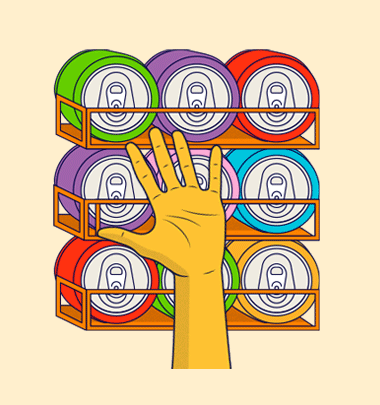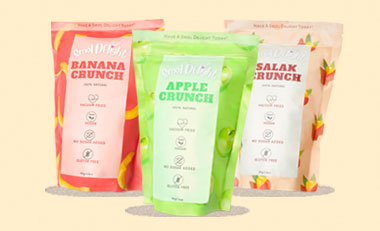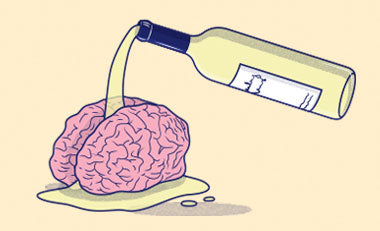CRAFT BEER
CRAFT BEER
STYLE
STYLE
COUNTRY
COUNTRY
WINE
WINE
CIDER
CIDER
HARD SODA
HARD SODA
SNACK
SNACK
PRESENT
PRESENT
OCCASION
OCCASION
CUSTOMISE
CUSTOMISE
BUDGET
BUDGET
About
About
Services
Services
See all



























